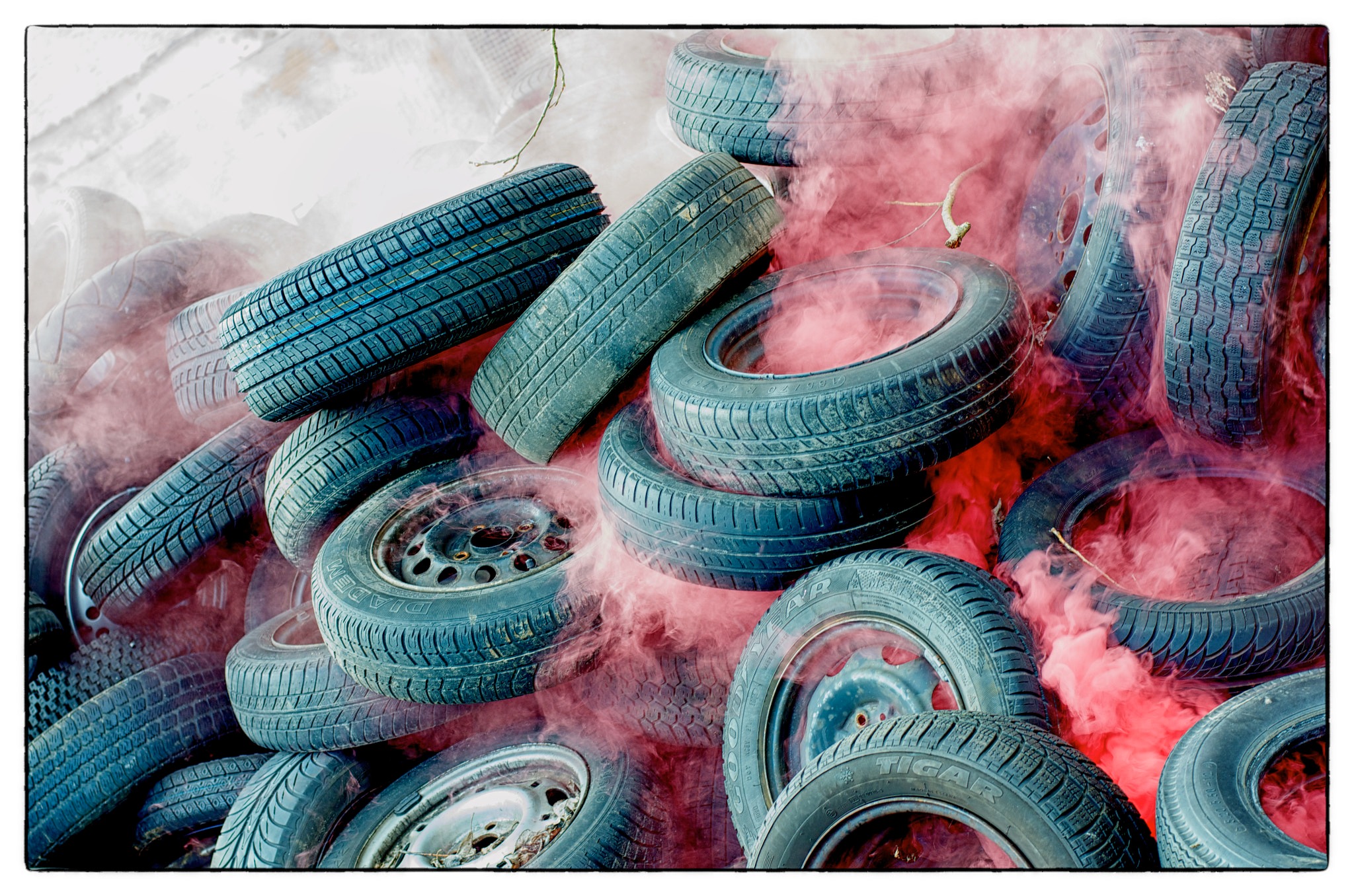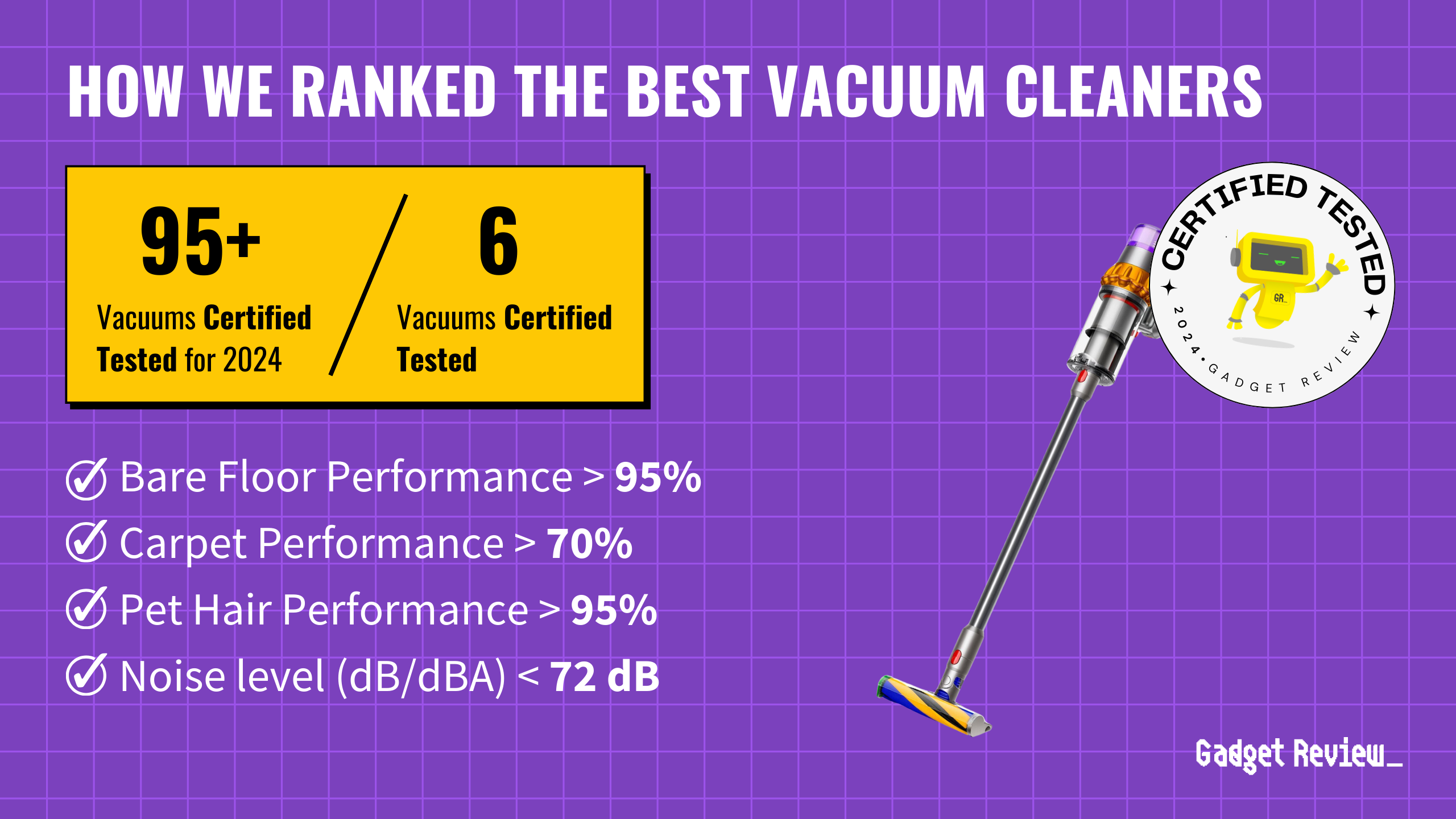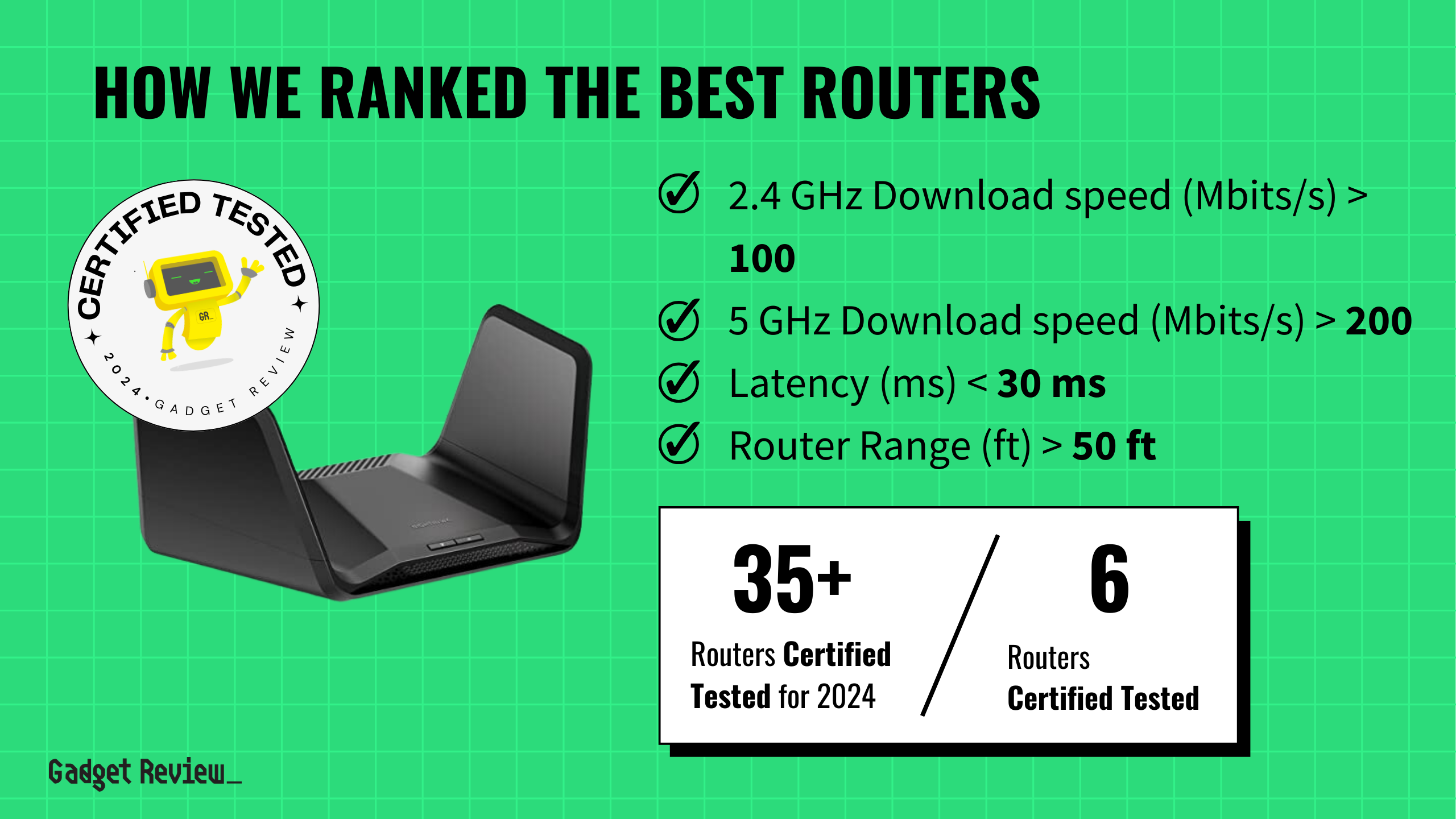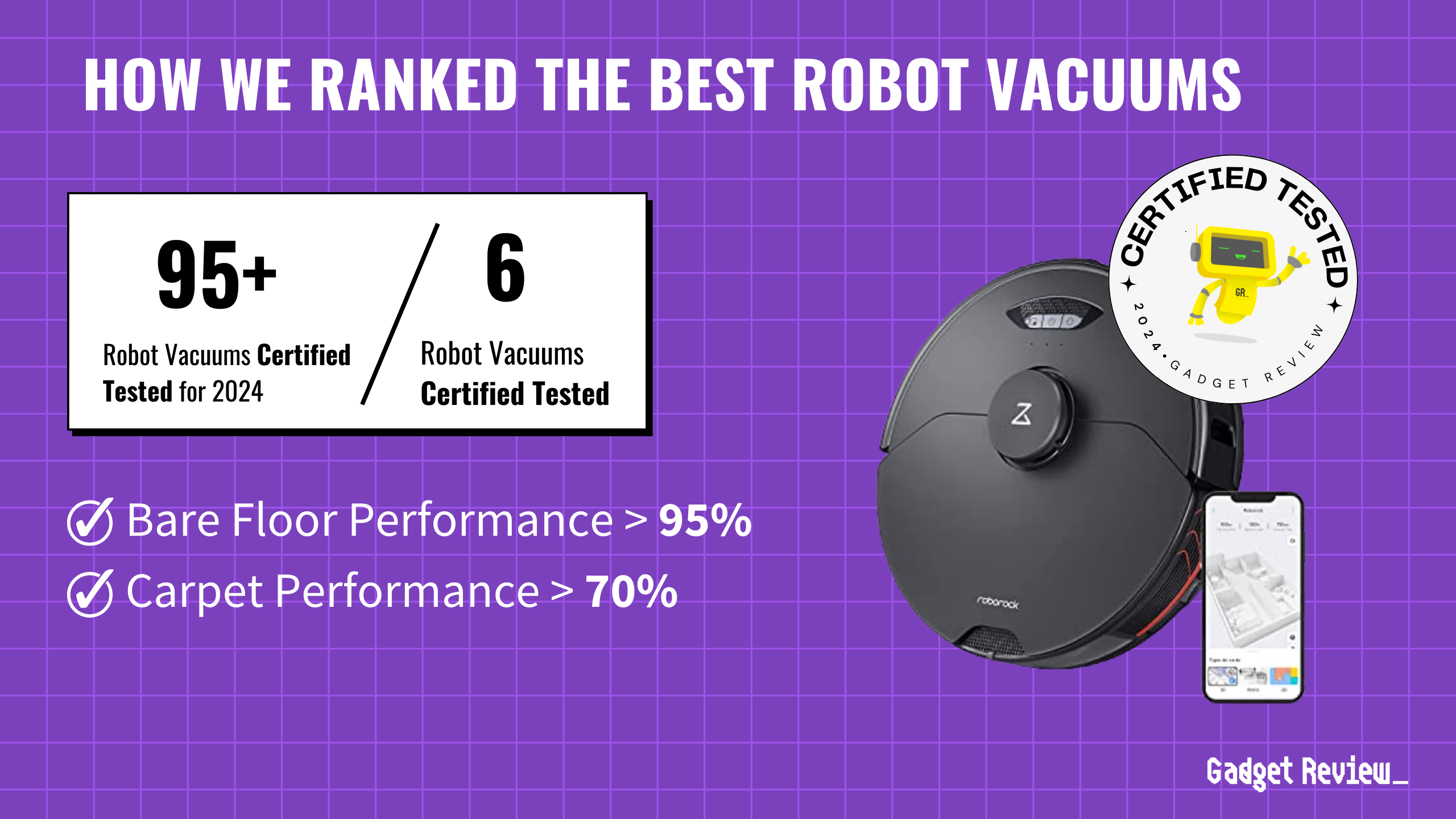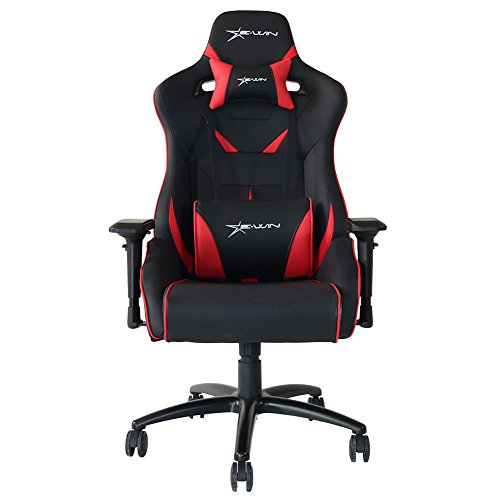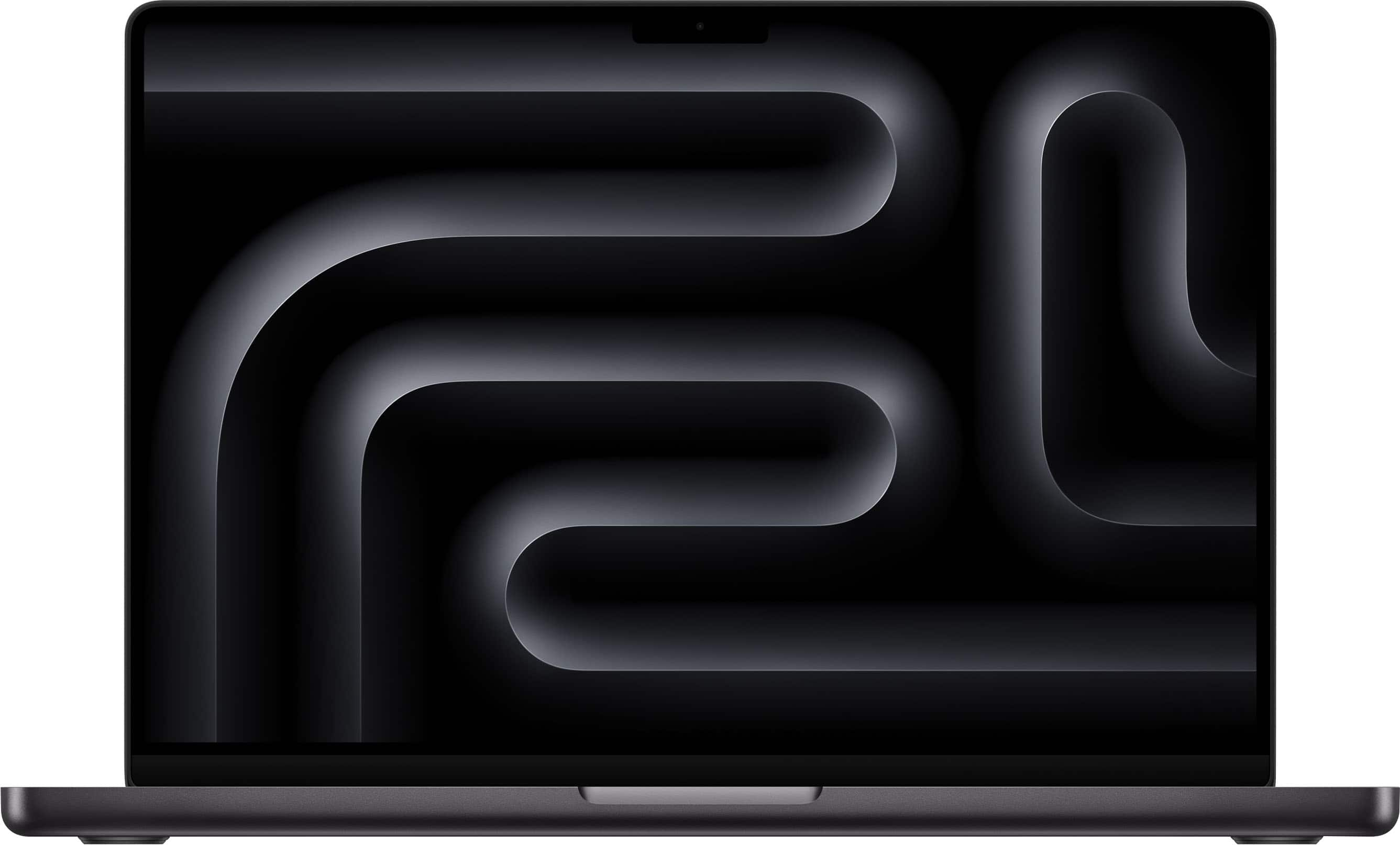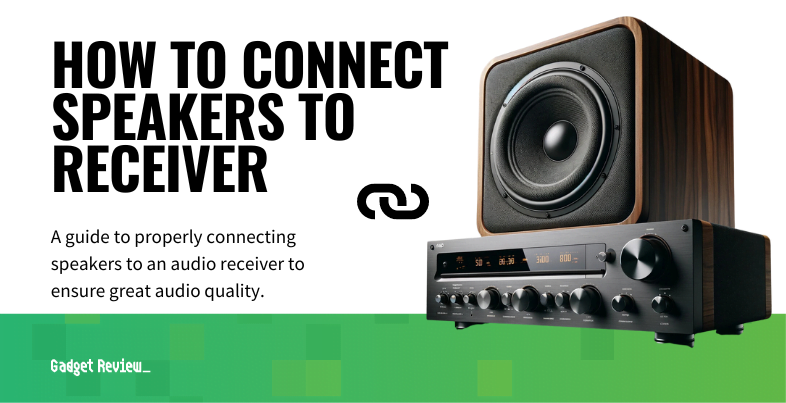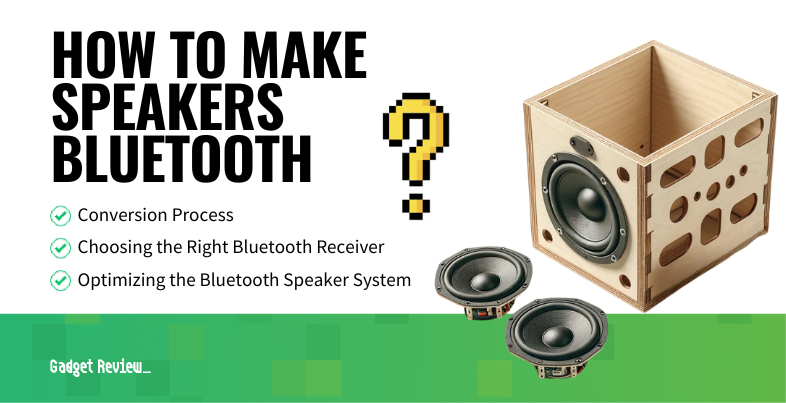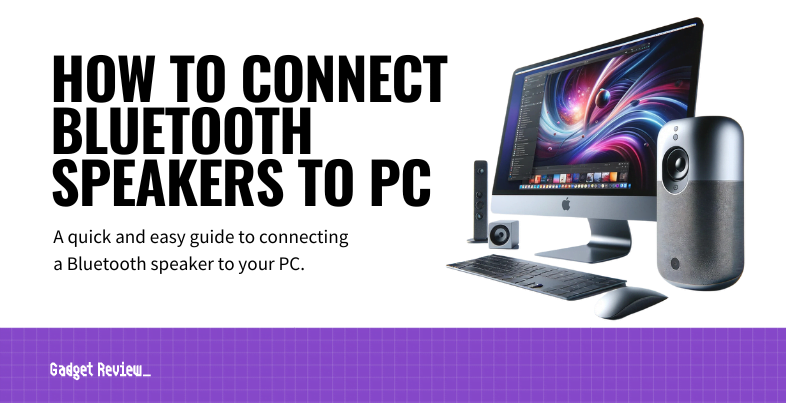Racing to replace four worn tires at once shouldn’t drain your bank account, yet most drivers face this expensive surprise every few years. The culprit isn’t mileage—it’s neglect. Five simple maintenance habits can double your tire lifespan while keeping hundreds in your pocket.
Check Your Pressure Like You Check Your Phone
Monthly pressure monitoring prevents thousands in premature replacements.
Only 19% of drivers maintain proper tire pressure, according to NHTSA data. Your tires lose about 1 PSI monthly, and temperature swings accelerate the loss. Underinflated tires wear along the edges while overinflated ones burn through the center tread.
Monthly pressure checks prevent this waste and boost fuel efficiency up to 3%. Modern TPMS systems only alert you when pressure drops 25%—often too late to prevent damage.
Rotate Every Oil Change
Consistent rotation schedules eliminate uneven wear patterns that destroy value.
Front and rear tires handle different forces during braking, turning, and acceleration. Without rotation every 5,000 to 8,000 miles, you’ll develop uneven wear patterns and bald spots.
Schedule rotations alongside oil changes to make this habit automatic. Skip this step and you’ll replace two tires while the others remain half-worn.
Alignment Saves Thousands
Professional alignment costs under $100 but prevents premature replacement of $800+ tire sets.
Potholes and curb strikes knock your wheels out of alignment, causing dramatic uneven wear. One side of your tire might be bald while the other looks new.
If your car pulls to one side or the steering wheel sits off-center, you need alignment. Annual professional checks prevent expensive surprises.
Drive Like Your Wallet Depends on It
Your driving habits directly determine whether tires last 30,000 or 80,000 miles.
Aggressive acceleration, sudden stops, and sharp turns generate heat and friction that devour tread. Smooth driving habits—gentle acceleration, gradual braking, and steady speeds—reduce tire stress while improving fuel economy.
Balance for Even Wear
Perfect weight distribution prevents vibration damage and patchy wear patterns.
Unbalanced tires create vibration and patchy wear patterns that destroy tread uniformly. Weight distribution around each wheel must be perfect to prevent localized damage.
Balance your tires during rotation to maintain smooth operation and equal wear across all four corners.
These five practices transform tire care from reactive expense into proactive savings. Your maintenance habits control the difference between replacing tires every two years or every five.


